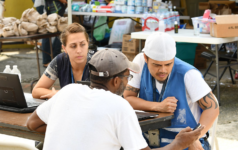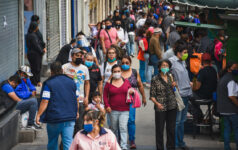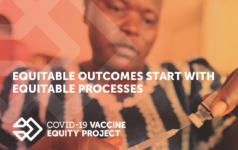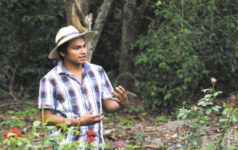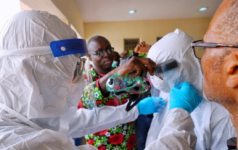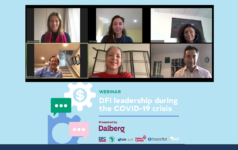This blog draws on findings from a new report from Dalberg and the Union for International Cancer Control (UICC), ‘C/Can 2025: City Cancer Challenge – Financing Sustainable City Cancer Treatment Infrastructure’. The publication was released at Davos, the World Economic Forum’s Annual Meeting, as part of the UICC’s City Cancer Challenge (C/Can 2025) initiative.
The threat of cancer has never been higher. Cancer now kills more than HIV/AIDS, malaria and tuberculosis combined, and by 2025 most of its victims will be found outside of high-income countries.
The growing cancer crisis will hit cities first and hardest. Currently, 54% the world’s population live in cities, and that majority is set to grow to above 60% over the next ten years. People living and working in cities are at a higher risk of cancer due to several risk factors that are more common in urban populations – such as sedentary lifestyles, vehicle pollution and longer working days.
Cities need to invest in cancer treatment now. Prevention services for cancer and other non-communicable diseases (NCDs) are already being scaled up globally. Infrastructure for the diagnosis and treatment of cancer services will need to follow suit in order to meet the global commitment to combat the human and economic cost of cancer deaths.
So, how can cities finance the increase in spending required to build a sustainable infrastructure for cancer treatment?
As a first step, city leaders can advocate for national governments, development partners, and the private sector to increase their investments in cancer treatment infrastructure. However, many city leaders will find that traditional financing streams are often already stretched or not willing to fund or finance the entire amount required. For example, the private sector may be willing to put up capital for investment in the building and equipment of a cancer hospital, but only if the public sector is willing to subsidize patients using the service.
As a result, city leaders will likely need to mix and match funding streams from the public, private, and philanthropic sectors and, at times, look to newer models for financing health infrastructure such as blended finance or cross-subsidization schemes.
In our report, co-authored with the Union for International Cancer Control (UICC), we explore a number of ways that city leaders can crowd in new sources of finance for health infrastructure like cancer centres.
We were excited to see this report launched in support of C/Can 2025: City Cancer Challenge at Davos. C/Can 2025 is a first-of-its-kind multisectoral initiative led by UICC which aims to increase the number of people with access to quality cancer treatment and care services in cities around the world. The network of partners involved in C/Can 2025 will be helping cities put global commitments to reduce premature deaths from NCDs by 25% by 2025 into action through support and investment at the city-level.



